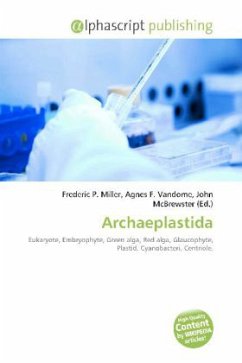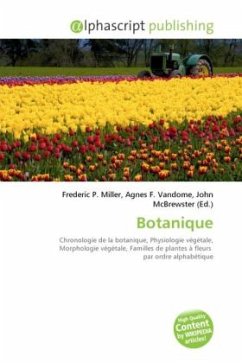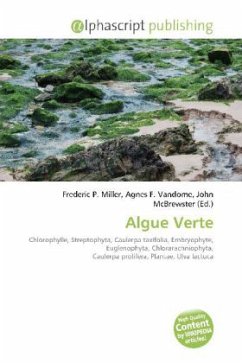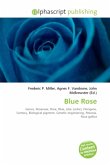High Quality Content by WIKIPEDIA articles! The Archaeplastida are a major line of eukaryotes, comprising the land plants, green and red algae, and a small group called the glaucophytes. All of these organisms have plastids surrounded by two membranes, suggesting they developed directly from endosymbiotic cyanobacteria. In all other groups, plastids are surrounded by three or four membranes, and were acquired secondarily from green or red algae.The cells typically lack centrioles and have mitochondria with flat cristae. There is usually a cell wall including cellulose, and food is stored in the form of starch. However, these characters are also shared with other eukaryotes. The main evidence the Archaeplastida form a monophyletic group comes from genetic studies, which indicate that plastids probably had a single origin. The evidence is not strong however.







